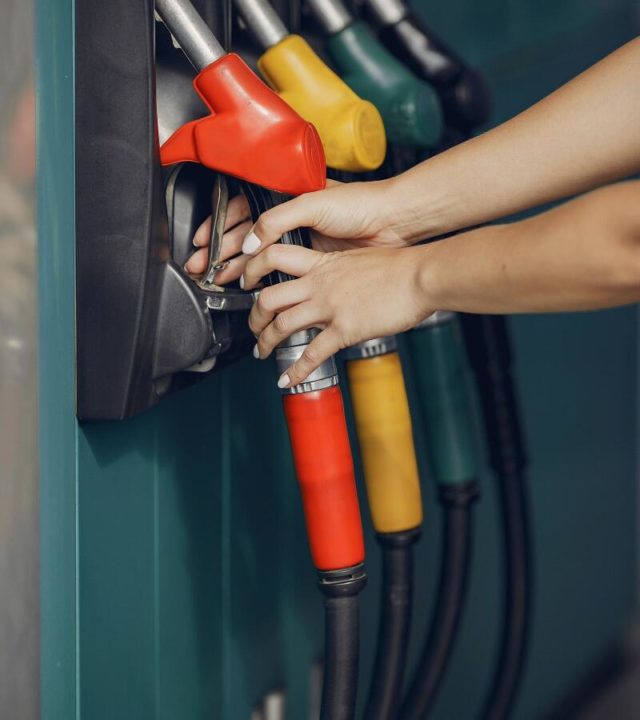Any weakness in the rand exchange rate against the US dollar results in a higher petrol price here at home.
WHOEVER has the oil will have the empire.
Or in French: Qui aura le pétrole aura l’Empire as written by academic lawyer Pierre Paul Ernest de la Tramerye.
But what does this have to do with South Africa’s seemingly never-ending increase in fuel prices?
Well, everything.
The magic words in this case are crude oil.
Investec economist Lara Hodes explains: “The domestic petrol price is largely influenced by the exchange rate (strength of our currency against the dollar) and the global oil price.”
Hodes adds: “This is where we pay attention to the weakness of our rand because any weakness in the rand exchange rate against the US dollar results in a higher petrol price here at home.
She said that combined with the above, a fuel and road accident fund levy are also added into the price, as well as various other costs, including storage and transport costs factored into the final price.
But why does the petrol price continue to rise with very little relief for motorists?
Hodes noted that the petrol price is largely determined by factors beyond our control.
“The government did reduce the fuel levy for a limited period offering some reprieve to financially stretched consumers but this is a short term measure. Oil prices have declined so we are expecting a notable decline in the petrol price in August.
The increase in petrol price does not only put strain on the wallets of frustrated South Africans, but it impacts the economy.
“It drives up inflation. It puts extra pressure on consumers, further diluting their disposable incomes, suppressing spend in other areas,” said Hodes.
While there is nothing we can do to change the petrol price, we can make small changes in our budget to lessen the blow.
“Reduce spend on non-essentials, ‘big-ticket’ items and be more mindful of purchases,“ advised Hodes.
Talking about the costs of delivery for fuel in South Africa, Hodes noted the decrease in the country’s refining capacity.
“A large percentage of SA’s crude all requirements are imported. Over the past few years, the country’s refining capacity has progressively been decreasing. Petroleum products are transported from refineries by pipelines, rail, sea and road to depots.”
According to the latest data from Observatory of Economic Complexity, in April 2022 South Africa’s Crude Petroleum exports accounted up to R559k and imports accounted up to R8.1 billion, resulting in a negative trade balance of R8.1bn.
Between April 2021 and April 2022, the exports of South Africa’s Crude Petroleum have decreased by -R3.63bn (-100%) from R3.63 bn to R559k, while imports increased by R1.59 bn (24.4%) from R6.51 bn to R8.1 bn.
What is the big deal about crude oil?
Although crude oil is commonly used for petrol, diesel and paraffin, it is also used for everyday items. According to Ranken Energy Corporation, one 42-gallon barrel of oil creates 19.4 gallons of gasoline. The rest (over half) is used to make things like such as ink, dresses, vitamin capsules, shampoo, antifreeze, sunglasses and toothbrushes, to name a few.








